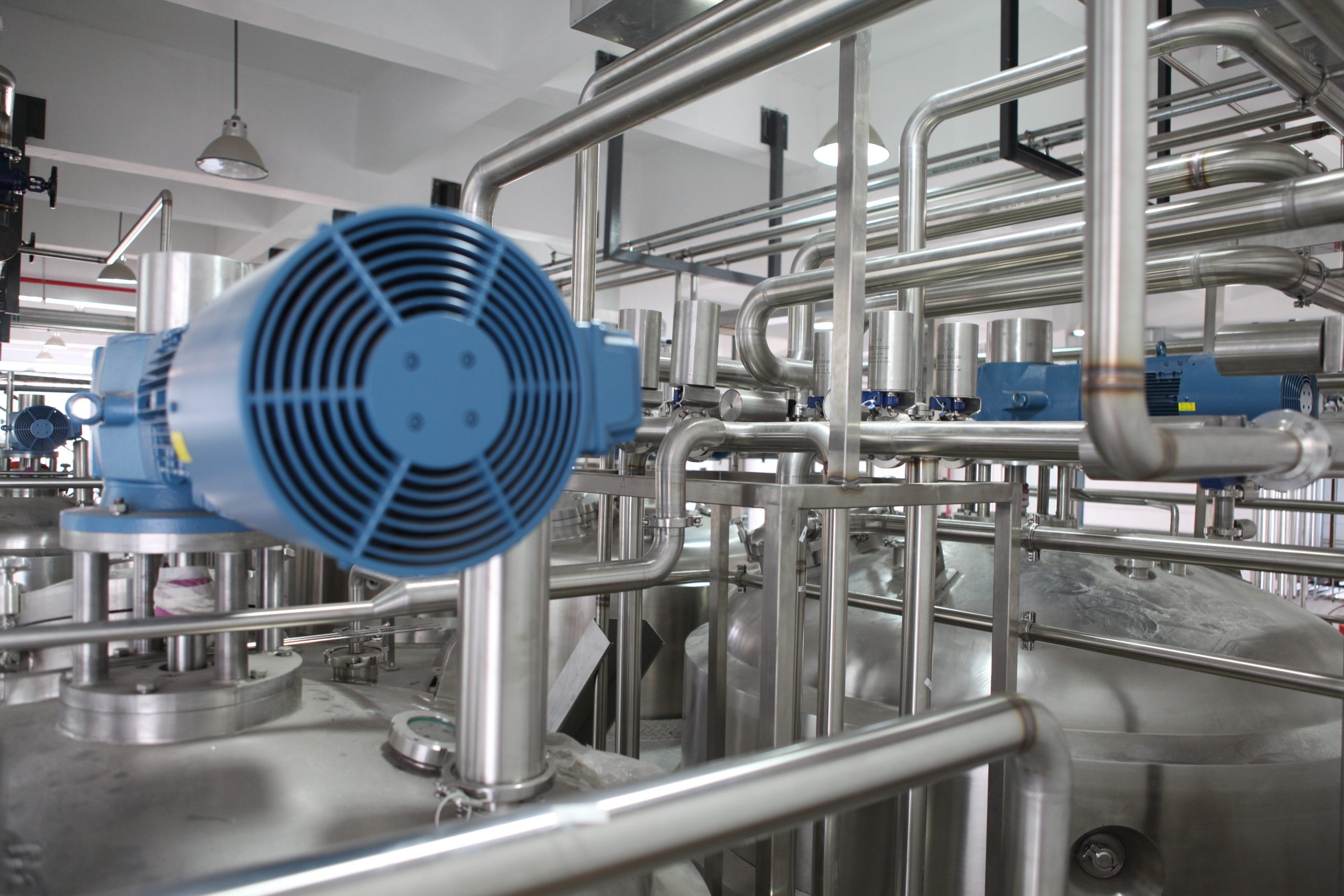
Crystal Kwok/Unsplash
There is a boom in warehouse automation in the Asia-Pacific region, particularly in the F&B industry. The automated storage and retrieval system (ASRS) market, specifically, will grow at a CAGR of roughly 10% between 2021 and 2026. Many businesses are seeing the benefits of automating the cold storage segment, including increase supply chain management and efficiency.
SSI SCHAEFER is one company that is focused on this industry, announcing the establishment of a fully automated cold storage hub for the Tee Yih Jia Food Hub. The facility is set to be fully operational by Q1 2022.
The production facility in Senoko will have three warehouses, consisting of two cold rooms and one ambient temperature dry store. These will feature rack-clad high bay warehouse technology and an ASRS system that can accommodate high-volume loads.
It will also have 10,000 pallet positions of frozen storage racks and 15 SSI EXYZ cranes that can work on 300 pallets per hour.
“Logistics automation has been on the uptrend for several years, and COVID-19 has only accelerated this trajectory. With F&B, pharmaceutical and eCommerce booming, cold chain operators and logistics service providers need to evolve their warehouses to support a strong, undisrupted supply chain. As we move towards the next generation of smart logistics, APAC organizations must combine robotics and intelligence software to keep up with shifting market dynamics and meet current and future demands,” said Xavier Perello Pairada, Senior Vice President, Regional head APAC & MEA at SSI SCHAEFER.
As a warehouse and logistics solutions provider, SSI SCHAEFFER seeks to address challenges faced by cold chain operators. For limited space, rack clad high-bay warehouse technology can offer high storage density, reliability and rapid processing speeds. The company also offers Automated Guided Vehicles which optimise material flow on a shop floor, therefore minimising risk for human error.
Custom solutions can be crafted to increase supply chain management and efficiency. Other benefits to warehouse automation include improving food safety and storage, reducing spoilage and holding a safe environment for workers.







